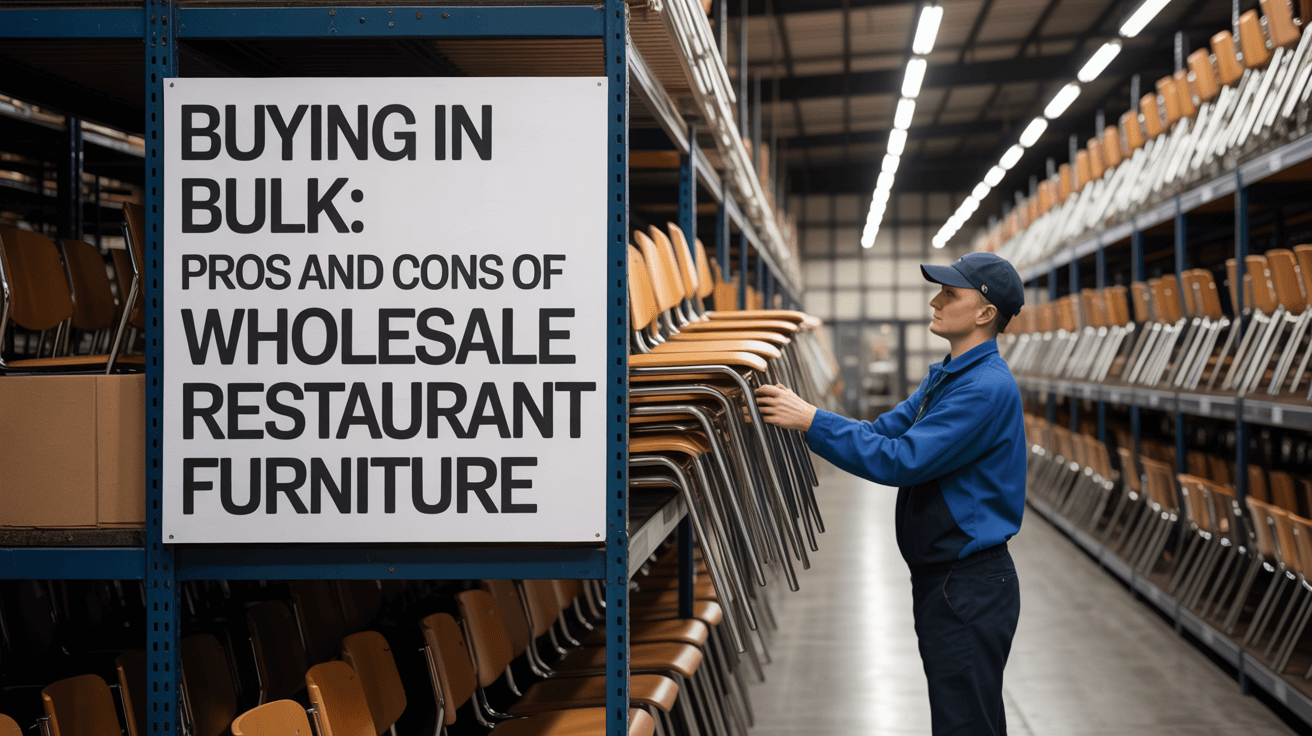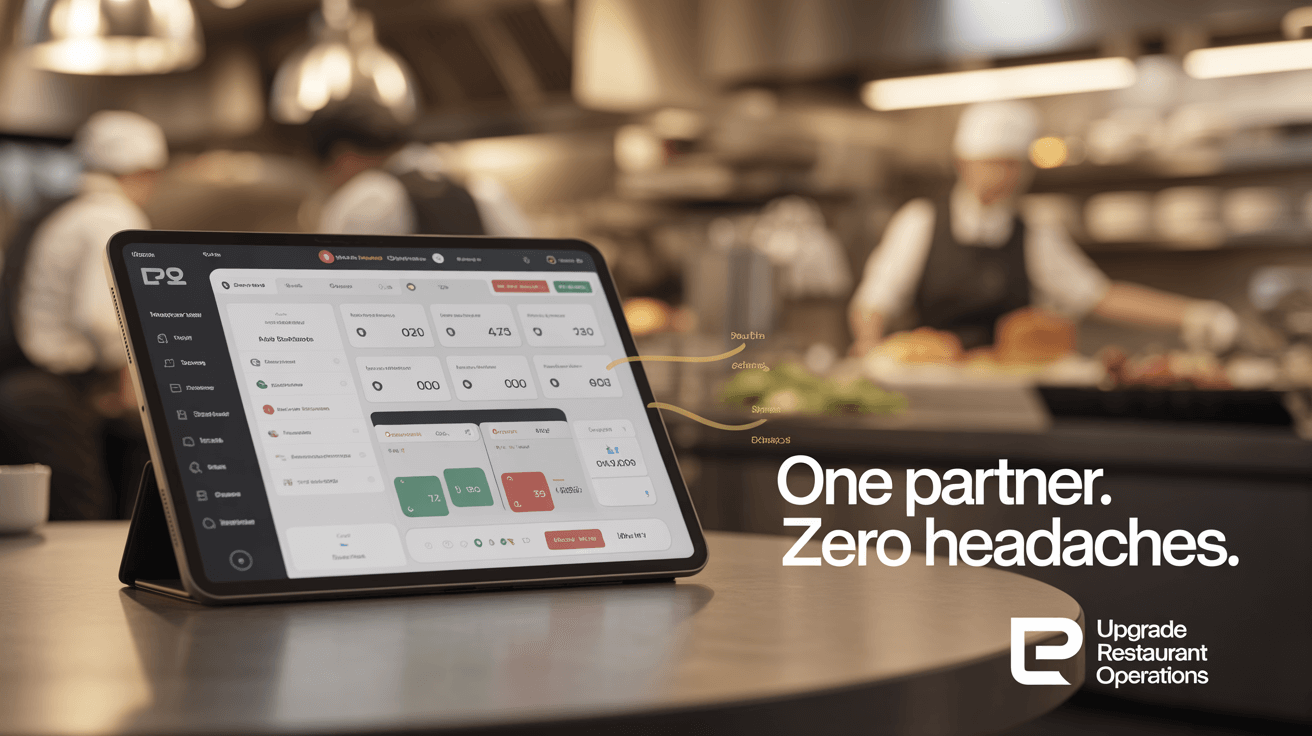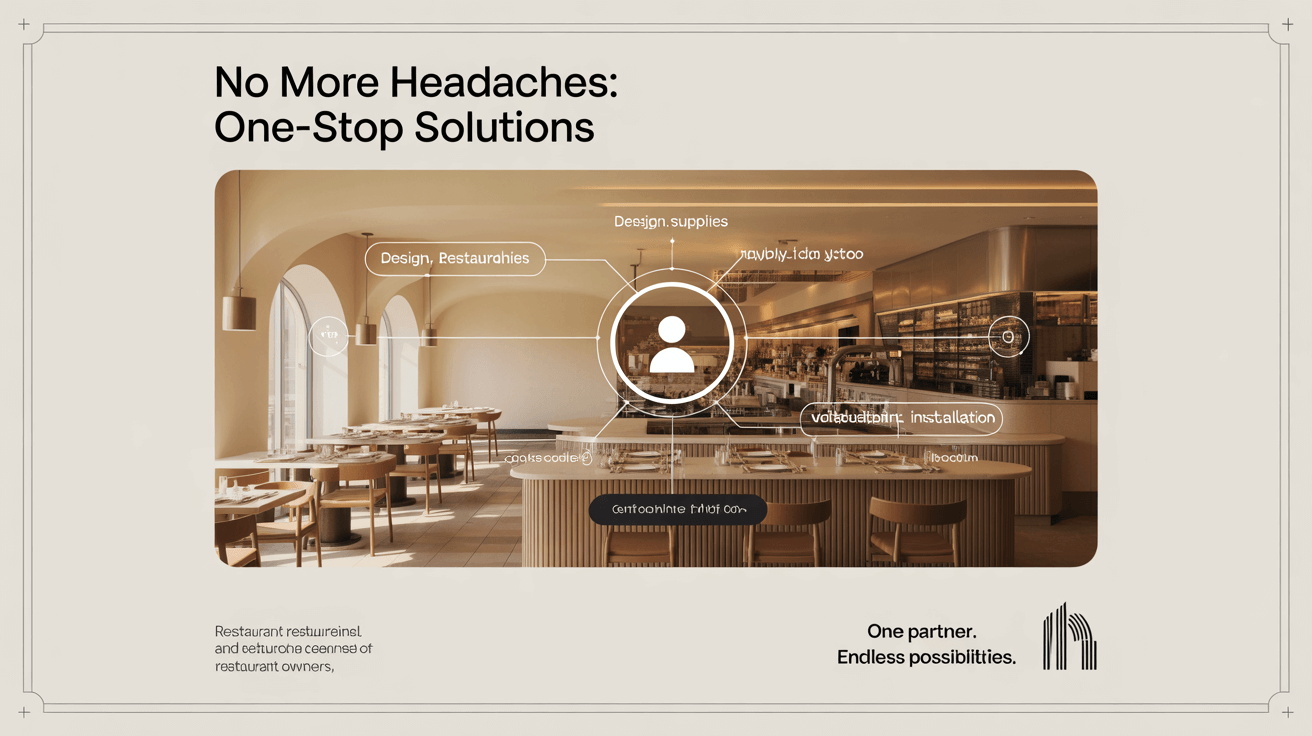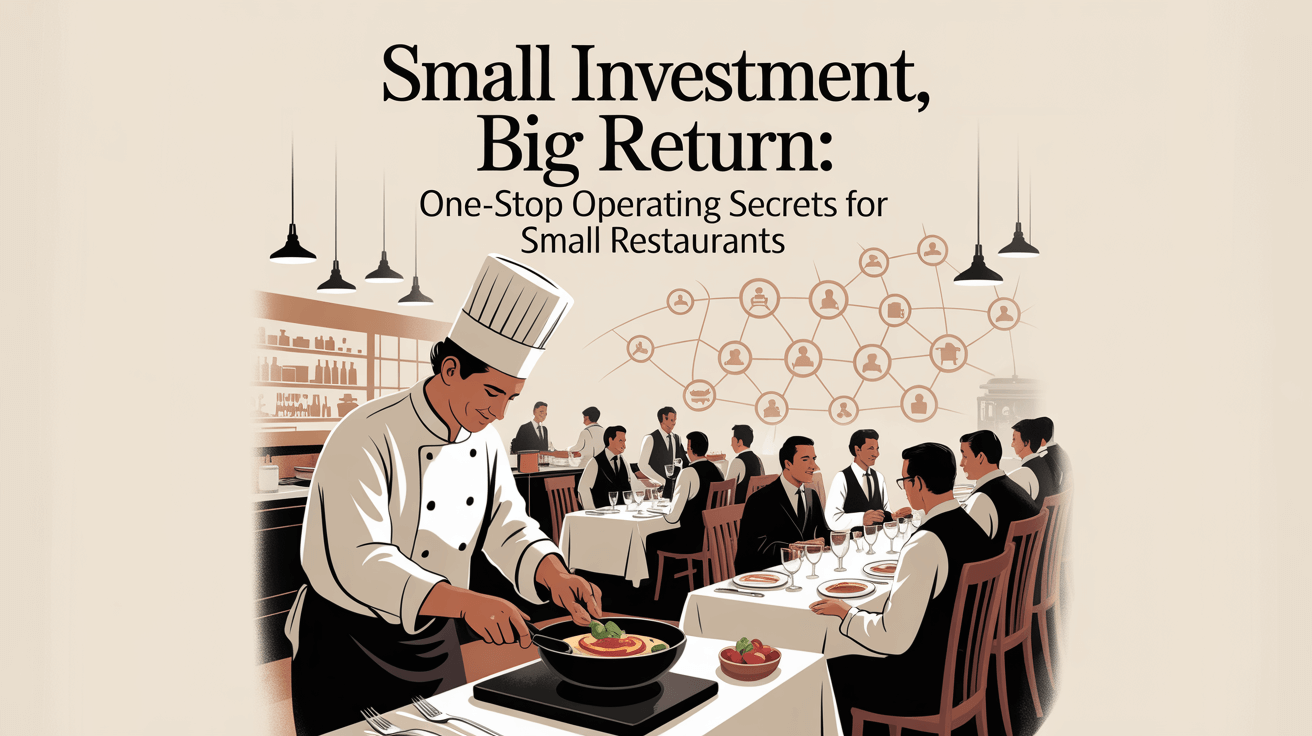Buying in Bulk: Pros and Cons of Wholesale Restaurant Furniture examines large-order sourcing so you weigh cost savings against inventory risks. But here’s the kicker… bulk buys slash unit cost but demand precise planning.
1. What are the main savings benefits?
● Lower per-unit prices from volume discounts
● Reduced shipping cost per item
● Simplified billing with consolidated invoices
● Eligibility for tiered loyalty rebates
Ready for the good part? savings multiply with order size.
| Benefit | Typical Discount |
|---|---|
| Volume Pricing | 10–30% off |
| Shipping Savings | 20–40% per unit |
2. How do bulk order minimums work?
● Suppliers set MOQs (minimum order quantities)
● MOQs vary by product type and finish
● Custom MOQ tiers offer stepped discounts
● Small-batch exceptions may incur fees
What’s the real story? MOQs can lock you into inventory.
3. Which products give best bulk value?
● Standard chairs and tables in common finishes
● Modular booth kits with repeat modules
● Basic bar stools vs. bespoke lounge chairs
● Outdoor sets in durable, mass-produced frames
This is where it gets interesting… core items maximize ROI.
4. What are the storage and warehousing challenges?
● Need large, climate-controlled space for inventory
● Risk of damage or dust on unused stock
● Insurance costs for stored furnishings
● Inventory management systems required
But here’s the kicker… unseen storage costs can offset discounts.
| Challenge | Mitigation |
|---|---|
| Space Requirement | Partner with 3PL |
| Damage Risk | Pallet and wrap |
5. How do cash flow and financing factor in?
● Bulk buys require significant upfront capital
● Net-30 to net-90 payment terms may help
● Lease or rent-to-own spreads cost over time
● Early-payment discounts reward prompt settlement
Ready for the good part? negotiated terms ease budget strain.
6. What customization constraints exist?
● Custom colors or sizes may raise MOQ
● Special finishes often carry upcharge
● Lead times extend with bespoke options
● Mix-and-match standard modules to reduce cost
What’s the real story? balancing standard vs. custom is key.
7. How does lead time impact operations?
● Bulk orders often mean 8–12 week production
● Delays cascade into project timelines
● Staggered deliveries can phase inventory
● Pre-production samples mitigate risk
This is where it gets interesting… precise scheduling avoids downtime.
| Lead Time | Typical Range |
|---|---|
| Standard Runs | 6–8 weeks |
| Custom Bulk | 10–12 weeks |
8. What quality control measures are needed?
● Pre-production approvals on samples
● Batch inspections at factory before ship
● Third-party audits for compliance
● On-site spot checks on delivery
But here’s the kicker… QC gaps in bulk can magnify defects.
9. How do returns and warranties apply?
● Many wholesalers limit returns on bulk
● Defective allowances may cap at 1–2%
● Extended warranties often negotiable
● Clear RMA process essential
Ready for the good part? strong warranty terms protect investment.
10. What logistics and delivery considerations exist?
● Freight consolidation vs. LTL shipments
● Dock-level unloading vs. white-glove service
● Scheduling off-peak delivery windows
● Coordinating with installation teams
This is where it gets interesting… logistics detail can make or break roll-out.
| Logistics Aspect | Best Practice |
|---|---|
| Freight Mode | Consolidated LTL |
| Delivery Service | White-glove option |
11. How does bulk buying affect flexibility?
● Large stock reduces ability to pivot styles
● Overstock may become obsolete with trends
● Phased orders can improve adaptability
● Mix-and-match standard and custom
What’s the real story? too much inventory limits agility.
12. What are the supplier relationship benefits?
● Dedicated account managers for large clients
● Priority production slots in busy seasons
● Customized service and reporting
● Early access to new product lines
But here’s the kicker… strong partnerships unlock hidden perks.
| Benefit | Supplier Offer |
|---|---|
| Priority Slots | Yes |
| VIP Discounts | Extra 5–10% off |
13. How to balance bulk vs. just-in-time purchasing?
● JIT reduces storage but raises unit cost
● Bulk secures price but demands capital
● Hybrid strategy phases orders by demand
● Use data analytics for demand forecasting
Ready for the good part? balanced strategy optimizes cost and risk.
14. What environmental considerations arise?
● Overstock waste if styles change
● Large shipments increase carbon footprint
● Partner with eco-friendly manufacturers
● Recycle or donate unused inventory
This is where it gets interesting… green practices enhance brand image.
15. How to measure ROI on bulk purchases?
● Track cost per seat over lifecycle
● Compare maintenance vs. replacement spend
● Analyze occupancy and revenue lift
● Adjust future orders based on performance
What’s the real story? ROI metrics guide smarter bulk decisions.
Conclusion
Bulk purchasing restaurant furniture delivers significant discounts and relationship perks but requires careful planning around storage, cash flow, and flexibility. Weigh these pros and cons to craft a sourcing strategy that maximizes savings without compromising agility.
FAQ
Q1: How large should my first bulk order be?
Start with core seating modules—enough for 50–75% of your capacity—and phase the rest.
Q2: Can I negotiate returns on bulk?
Yes—request a 1–2% defective allowance and clear RMA terms.
Q3: What’s the ideal MOQ for custom colors?
Aim for 100–200 units per color to secure standard bulk pricing.
Q4: How do I store bulk furniture?
Use third-party warehousing with racking and climate control.
Q5: Should I mix bulk and JIT?
A hybrid strategy often delivers best balance of cost savings and flexibility.
工具






